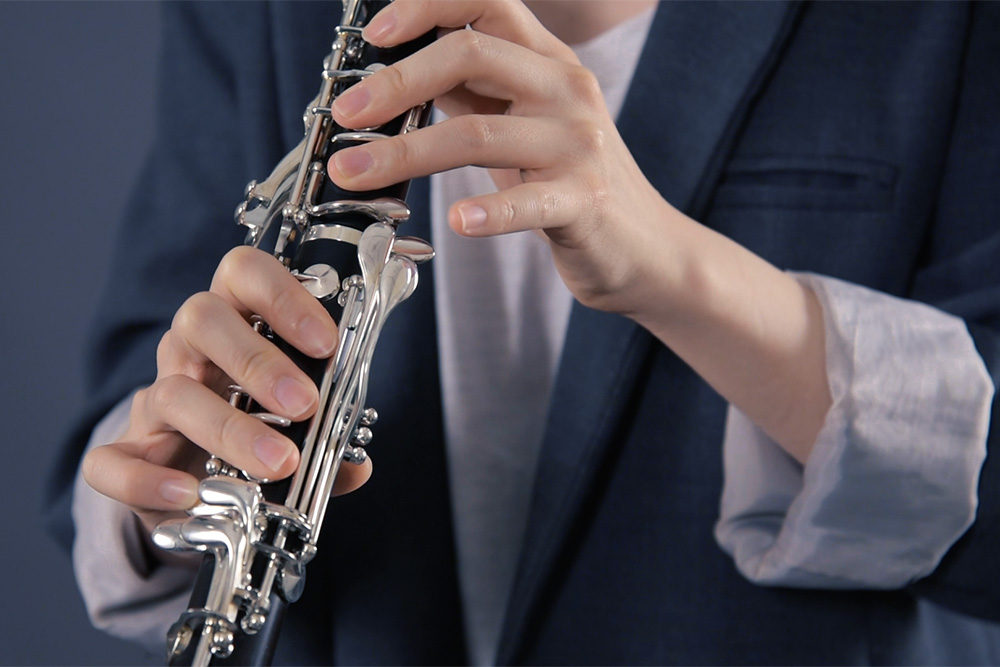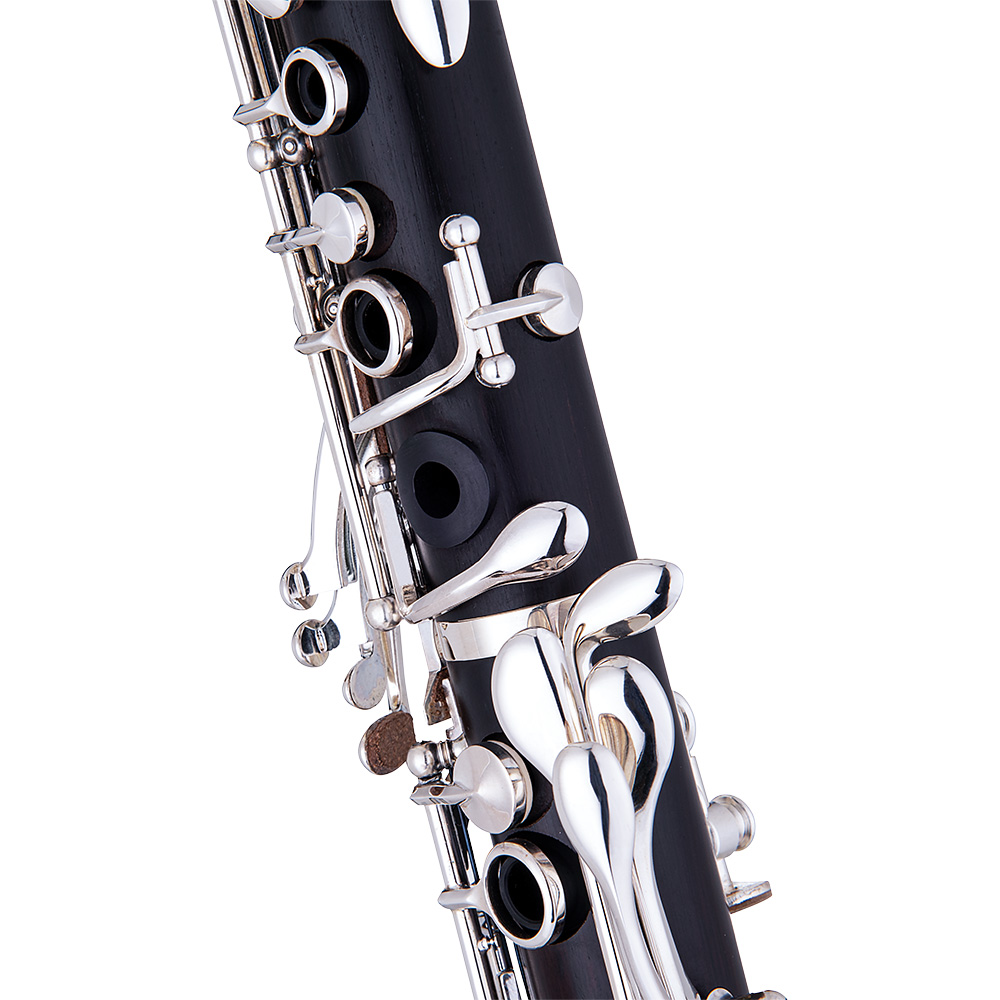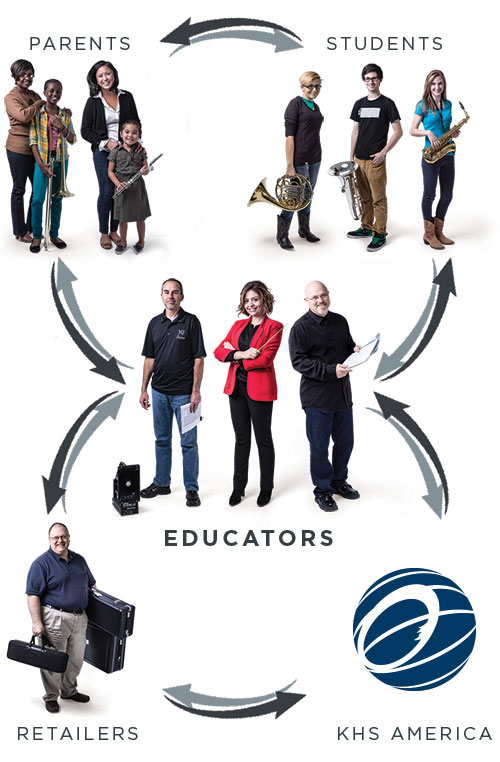How to Recognize When Students Are Ready for an Intermediate Instrument
A question I often hear from parents, band directors, and clarinet students is:
“When should we upgrade from a beginner clarinet?”
Most middle school band students begin with student-level clarinets—typically made of plastic. These instruments are lighter and easier to play, making them ideal for beginners who are learning basic skills such as embouchure, fingerings, and instrument care.
But as students grow in skill, they need a clarinet that can keep up with their progress. That’s where intermediate or performance-level instruments come in—with a richer, more focused tone and smoother sound.
So how do you know when it’s time to upgrade? Let’s take a look.

Is the Student Ready for an Intermediate Clarinet?
There’s no one-size-fits-all answer, but here are some signs that it’s time to upgrade:
- The student has mastered foundational skills: proper embouchure, fingerings, playing position, and instrument care.
- They’re starting to play higher notes (like E, F, and G at the top of the staff).
- They’re showing consistent interest in continuing clarinet.
A wooden clarinet won’t fix poor technique, but it will support developing skills. Low notes will sound fuller and richer, and high notes will become less shrill and easier to play. When a student’s progress is being limited by their instrument, it’s time to step up.
When Do I Start the Conversation?
For students who are already playing with upgraded mouthpieces, I start talking about clarinet upgrades by the second semester of beginning band.
By then, they are typically:
- Playing over the break
- Tackling more advanced music
- Showing long-term commitment
- Gaining parental support
This is an ideal time to host an informational parent meeting about upgrading to performance-level instruments. Many parents simply don’t realize how much a quality instrument matters—or that step-up clarinets even exist. Educating them is key!
Tips from a Clarinet Teacher
First upgrade: The mouthpiece.
A high-quality mouthpiece can drastically improve tone and intonation—even for beginners. I always recommend this as the first step.
Second upgrade: The clarinet.
An intermediate or performance-level clarinet will help advancing students—and their band programs—sound their best.
Don’t ditch the student clarinet!
Keep that plastic clarinet for marching band or outdoor events.
My Recommendation: Jupiter JCL1100SQ
The Jupiter JCL1100SQ is one of my top recommendations for middle school students ready to upgrade. It plays well right out of the box, the upper register responds easily, and it has an alternate Ab-Eb lever, which helps with alternating pinkies in tricky passages.
Features of the Jupiter JCL1100SQ:
- Grenadilla wood body with silver-plated keys
- Alternate Ab/Eb lever for smoother passages
- Offset register key and raised C/G tone hole for improved left-hand position
- Adjustable thumb rest with neck strap hook to support right-hand position
- Durable case with zipper pouches for reeds and accessories
- Warranty: Guaranteed Through Graduation
Talking to Parents About Purchasing an Intermediate Clarinet
When speaking with parents, keep the message simple and student-focused:
“A performance-level clarinet will help your child sound better and enjoy playing more.”
The extra features are nice, but what matters most is the difference their child can hear and feel when they play.
Hosting a short parent meeting is a great way to offer guidance, answer questions, and suggest purchase options.
Sample Letter to Parents
Dear [Parent/Guardian],
It’s been wonderful to see your child grow musically! Now that they’ve built strong foundational skills on their student [insert instrument], I recommend upgrading to an intermediate or performance-level instrument.
Wooden clarinets—also called “step-up,” “intermediate,” or “performance-level” instruments— offer a smoother, more controlled sound and will support your child as they continue to advance. While no instrument guarantees perfect notes every time, an upgraded clarinet will help their low notes sound richer and their high notes sound less shrill and easier to play.
[Tailor this paragraph to instrument families]
I recommend [insert model recommendations]. You’re invited to attend an informational meeting on [date/time/location] where I’ll go over everything you need to know.
Sincerely,
[Your Name]
Final Thoughts
Helping students sound their best starts with giving them the right tools. I hope this article answers your questions about when to upgrade to a performance-level clarinet.
Happy Clarineting!
Amy Chambers
clarinetgeek.com | Instagram: @themusicchambers | YouTube: @themusicchambers
AMY CHAMBERS is the founder of The Music Chambers at clarinetgeek.com, where she teaches clarinet and bass clarinet lessons online and in-person in the Memphis area.
She also loves helping other teachers grow their studios through her Music Studio Kickstart course. As a Jupiter Music Educational Artist, Amy creates educational content and teaches and performs at clinics across the MidSouth.
When she’s not teaching, you’ll find her playing bass clarinet with the Memphis Wind Symphony, subbing with the Memphis Symphony Orchestra, and performing with various wind ensembles. Connect with her at clarinetgeek.com and on social media @themusicchambers.
The content of this Blog article or Banded Story is the intellectual property of the author(s) and cannot be duplicated without the permission of KHS America and/or the author(s). Standard copyright rules apply.




 We look forward to the evolution of this exciting program, and welcome feedback on how we can further enhance the work that you do in music education.
We are excited to offer your program the opportunity to join the KHS America Academic Alliance today.
We look forward to the evolution of this exciting program, and welcome feedback on how we can further enhance the work that you do in music education.
We are excited to offer your program the opportunity to join the KHS America Academic Alliance today.